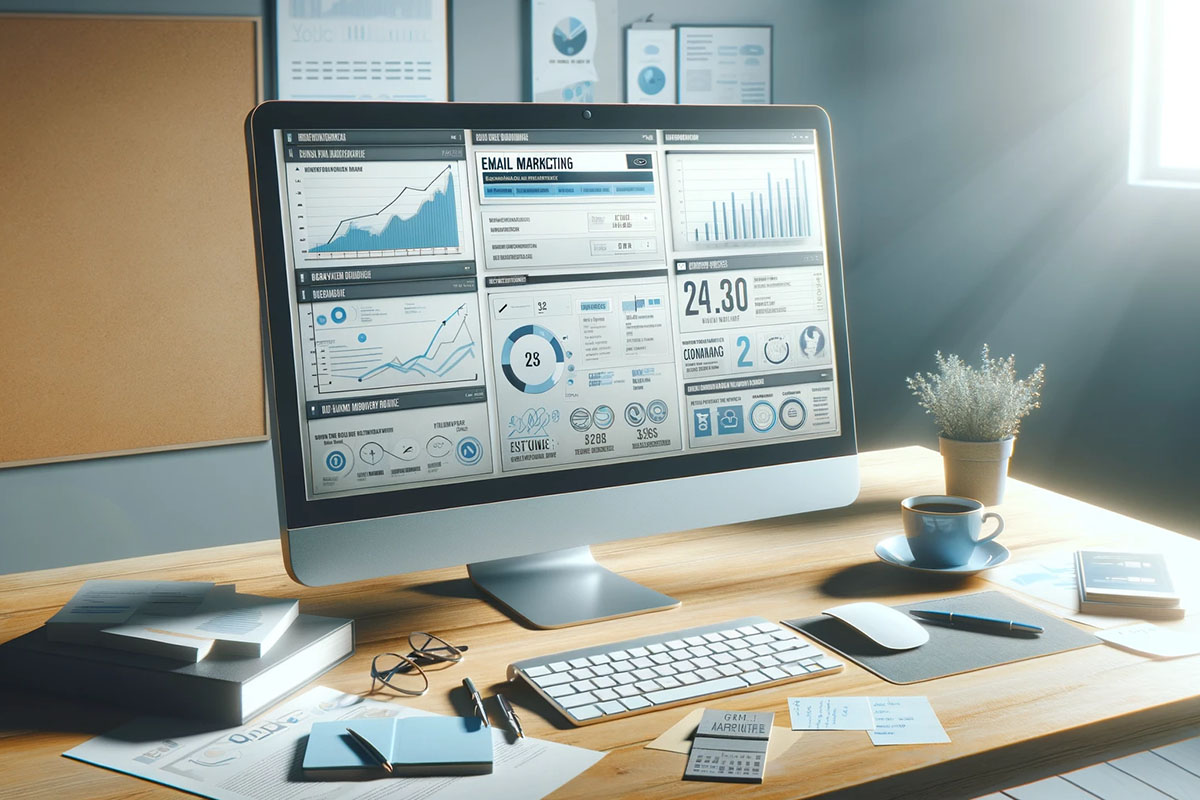
Email Marketing Mastery: Top Best Practices for Effective Campaigns
Email marketing is a powerful tool for businesses to connect with their audience, build relationships, and drive results. However, achieving success in email marketing requires careful planning, strategic execution, and adherence to industry best practices. In this blog post, we will explore essential email marketing best practices that can help you optimize your campaigns and achieve your marketing goals.
Define Clear Objectives: Clearly define your email marketing objectives before crafting your campaigns. Whether you aim to increase sales, nurture leads, promote brand awareness, or drive website traffic, having clear goals will guide your strategy and help you measure success.
Build a Quality Email List: Focus on building an engaged and quality email list composed of subscribers who have willingly opted in to receive your emails. Avoid purchasing email lists or using deceptive tactics to grow your list, as it can lead to low engagement and potential legal issues.
Segment Your Audience: Segmenting your email list allows you to deliver more targeted and relevant content to specific groups of subscribers. Consider segmenting based on demographics, past interactions, purchase history, or subscriber preferences to personalize your messages and increase engagement.
Craft Compelling Subject Lines: Subject lines are the gatekeepers to your emails. Create subject lines that are concise, attention-grabbing, and relevant to entice recipients to open your emails. Avoid using spammy or deceptive subject lines that can harm your deliverability and reputation.
Personalize Your Emails: Personalization is key to creating meaningful connections with your subscribers. Address recipients by their names, tailor the content to their preferences, and use dynamic content to deliver personalized recommendations, offers, or product suggestions.
Optimize Email Design for Mobile: With a significant portion of emails being opened on mobile devices, it’s crucial to ensure your emails are mobile-friendly. Use responsive email templates, optimize images and fonts for smaller screens, and test your emails across different devices and email clients.
Focus on Clear and Engaging Content: Craft compelling and concise email content that captures the reader’s attention and delivers value. Use a conversational tone, avoid jargon, and include a clear call-to-action (CTA) that guides the recipient towards the desired action.
Test and Refine: Implement A/B testing to experiment with different elements of your emails, such as subject lines, CTAs, visuals, or email copy. Analyze the results and iterate on your campaigns based on data-driven insights to continuously improve your email performance.
Automate Where Possible: Leverage email marketing automation to streamline your efforts and deliver timely, relevant messages to your subscribers. Set up automated workflows for welcome emails, abandoned cart reminders, post-purchase follow-ups, and more, freeing up your time for other marketing activities.
Monitor and Analyze Performance: Regularly monitor and analyze key email metrics such as open rates, click-through rates, conversion rates, and unsubscribe rates. Use this data to gain insights into what resonates with your audience and make data-driven decisions to optimize your campaigns.
Maintain Email Deliverability: Follow best practices to maintain a healthy email deliverability rate. Ensure you have permission to email your subscribers, use a reputable email service provider, regularly clean your email list, and monitor your sender reputation.
By implementing these email marketing best practices, you can enhance the effectiveness of your campaigns, improve engagement with your audience, and drive desired outcomes for your business. Remember, email marketing is an iterative process that requires constant monitoring, testing, and refinement to adapt to evolving customer preferences and market trends.



